Think back to a time when you have been in a foreign country, where the language isn’t familiar, the chatter is a constant hum around you, and you don’t understand a local’s request to complete an essential task.
Now imagine this as an everyday occurrence.
Storytime can be overwhelming and daunting for children with communication difficulties and those who speak English as an additional language. But by creating meaningful reading spaces, we can guide and inspire all children to foster a love of storytelling, reading, and communicating.
A reading area is an opportunity for children to learn written language and retreat from the hustle and bustle of a fast-paced environment.
Firstly, to develop a child’s language skills, it’s essential to use slightly more complex language than the child’s. Consider children’s use of expressive language (spoken language) and their receptive language skills (ability to listen and understand spoken language). Here are our ideas and recommendations for creating reading spaces for children with different communication levels, considering the physical environment and pedagogy.
Preverbal children, children using single words or starting to join two words together
Children using single words are typically 18 – 24 months, but children speaking English as a second language may also be at this level of communication.
At this stage, children benefit from books that contain simple sentences with lots of illustrations to link vocabulary with what they see. Don’t be afraid to use books that are usually aimed at younger children, e.g., picture dictionaries, books with flaps, textured books, etc. These are great for children to access independently or read with an adult.
When it comes to the physical environment, consider offering children respite from the faster pace of the wider space. A cosy space with soft furnishings is always welcoming and attractive for children.
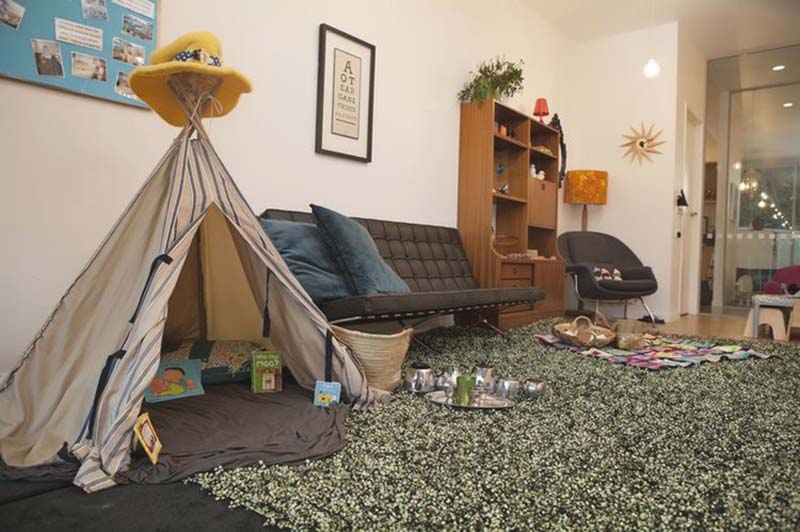
Example of a reading area offering a space for respite at New Shoots Children’s Centre, Hamilton.
Choose books the children might be interested in and rotate them regularly to introduce them to new ones. The greatest stories are the ones children can relate to, so creating your own and using children's photos will help to engage them through their memory of people, places, and things.
Mirrors are an excellent resource for preverbal children, exploring sound games where children can see your lips moving and copy the sounds. These games support sound blending development and are especially effective for children who find some sounds challenging.

New Shoots Children’s Centre, Kerikeri use books, mirrors and facial stones presented together to invite exploration of emotions and facial features. These resources are a perfect opportunity for educators to communicate with children and use visual cues to teach language.
Children using simple three-word sentences
Children using three-word sentences are typically aged 24–30 months when they are beginning to build sentences with verbs. Again, remember children learning English as a second language may not fit into this age band but may still be at this stage.
- Introduce action words (verbs) and emphasise these actions by pointing them out in the picture, or even better, demonstrate it yourself or with the help of more confident children.
- Puppets are a fantastic tool for making the storyline more animated, exciting, and easily understood. Have a collection of finger puppets or a shelf for a focus book with props, so children can independently re-enact the story. For example, you could have three bowls and spoons for Goldilocks.
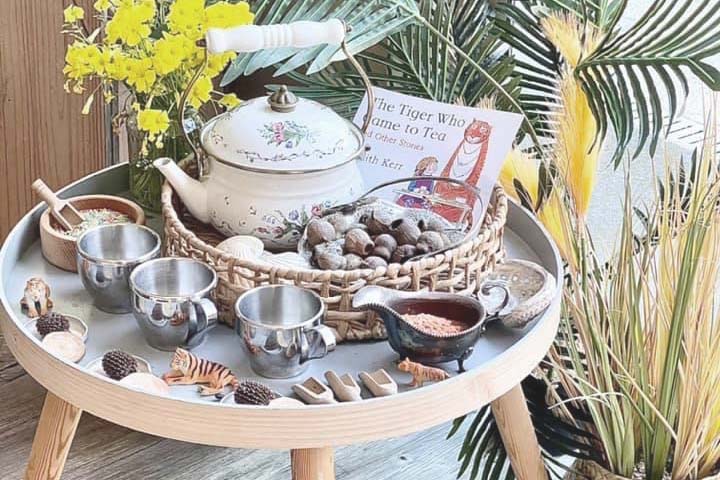
A delicious tea party prompted by a favourite book - The Tiger Who Came to Tea at Little Mini Lighthouse Family Daycare.
- Repetition is essential for building children’s confidence. Once children familiarise themselves with the storyline, it is helpful to let the children finish the sentences or pause to fill in the missing word. Reading the same story throughout the week or reading stories with repetitive phrases is beneficial.
- Remember the importance of action songs and rhymes. A simple ‘If you’re happy and you know it’ teaches children verbs such as clap, shake, stomp, shout, etc. Dancing can be a good form of communication for children because it is not verbally reliant and allows children to express themselves through physical actions.
- A basket of musical instruments in your reading area can help children who may be struggling to follow a storyline. By listening to instructions e.g. play a quiet sound or a very loud sound, copy the rhythm, etc. they will develop an understanding of the story and build focus.
Children using three or more word sentences
Children aged approximately 30–36 months reach this stage when they start asking simple questions. To embed these skills, ask basic questions while storytelling. These questions usually begin with what, who, and where and encourage children to name or describe things they see.
Every activity space should have a permanent reading area. Still, it is also beneficial to have books in other areas, such as cookbooks in the dramatic play area, encyclopaedias and animal books in the small world play, etc. Including books within the different spaces provides opportunities to assess language during daily interactions, teaching children that print and books are sources of information.
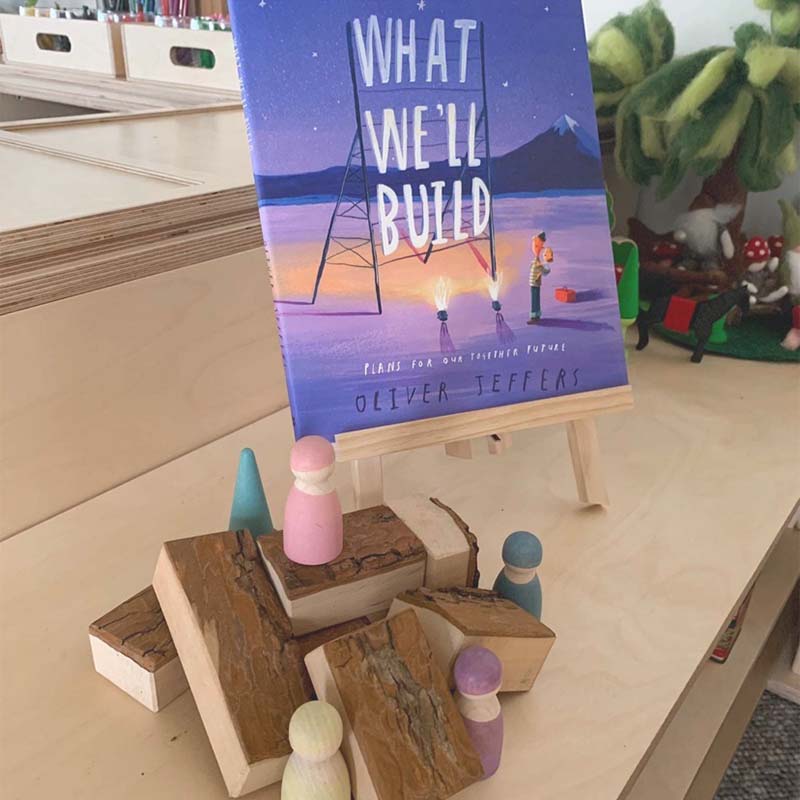
What We’ll Build inspires children to build in the block play area at New Shoots Children’s Centre, Hillcrest.
I will never forget a group of children using a dinosaur encyclopedia to explain to me the difference between triceratops and stegosaurus using these extremely long words with confidence. My absolute favourite thing to see is a wide range of reading materials available to children; newspapers, magazines, factual books, and maps, especially if they also showcase different languages and print.
Children using more complex sentence structures
Children begin joining phrases at approximately 36 – 42 months, using comparatives and superlatives (bigger/the biggest). At 42 – 56 months, they start using a variety of connectives such as ’but, so, because, and then’. This stage is the perfect time to promote retelling and predicting, problem-solving, and answering ‘why’ questions. Children now understand the structure of stories, e.g. beginning, middle, and end.
Try asking your children, ‘What do you think might happen next? or ‘How can the pigs stop the wolf coming down the chimney?’ and ‘Why is she sad/ scared?’. It might be helpful to have picture boards, story sacks, and tangible objects on hand.
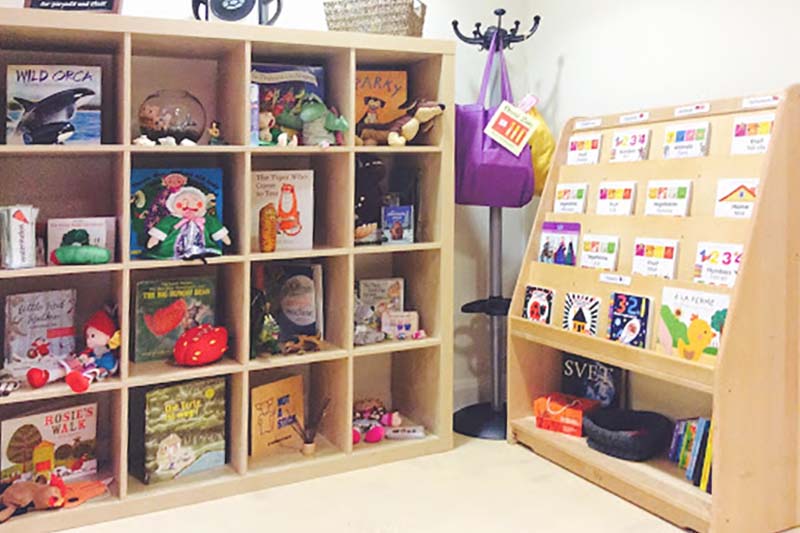
Props complement reading books to support current interests at Bright Beginnings Childcare Centre, University of Leeds, UK.
Storytime doesn't necessarily mean getting the book off the shelf. How often do you tell a story without a book or teach the children a poem?. Involving children in storytelling and poetry has endless benefits for children's communication skills and imagination, providing an excellent outlet for emotional and creative expression.
Final tip: promote reading at home
Remember, parents are the most incredible resource to support children to develop their language. Share the books you read with parents and encourage them to read the story in their language with their child to promote positive book sharing at home.
![]()
Enspirement offers inspiration to include literacy into your learning environments authentically. Invitations like Karyn Charles, Three Little Pigs, and environments like Michelle Pratt’s image of group reading spaces or Emma Smith's, Roseville Nursery reading space revamp are excellent examples of the type of inspiration you can find.
 Lenka Melova
Lenka Melova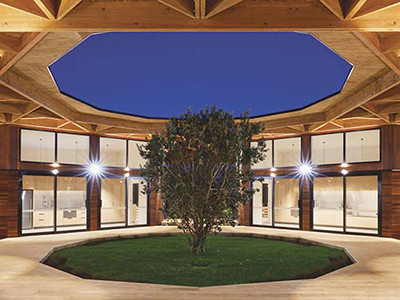
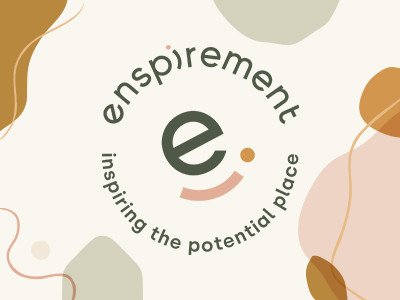
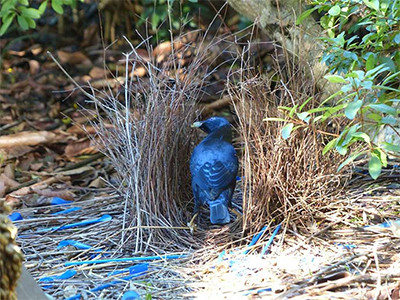

 Jade Leigh Kelly
Jade Leigh Kelly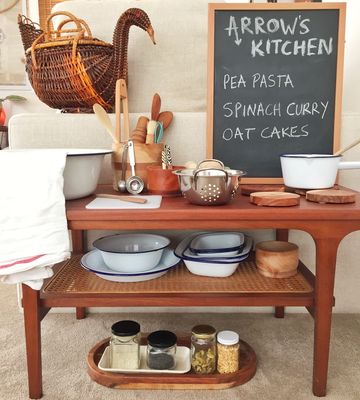
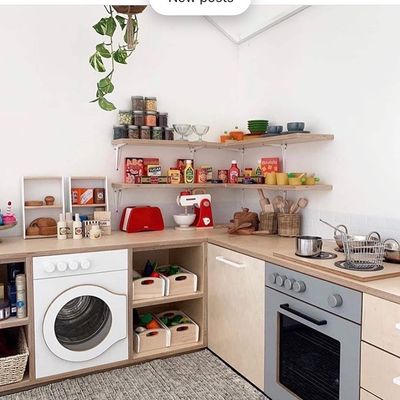
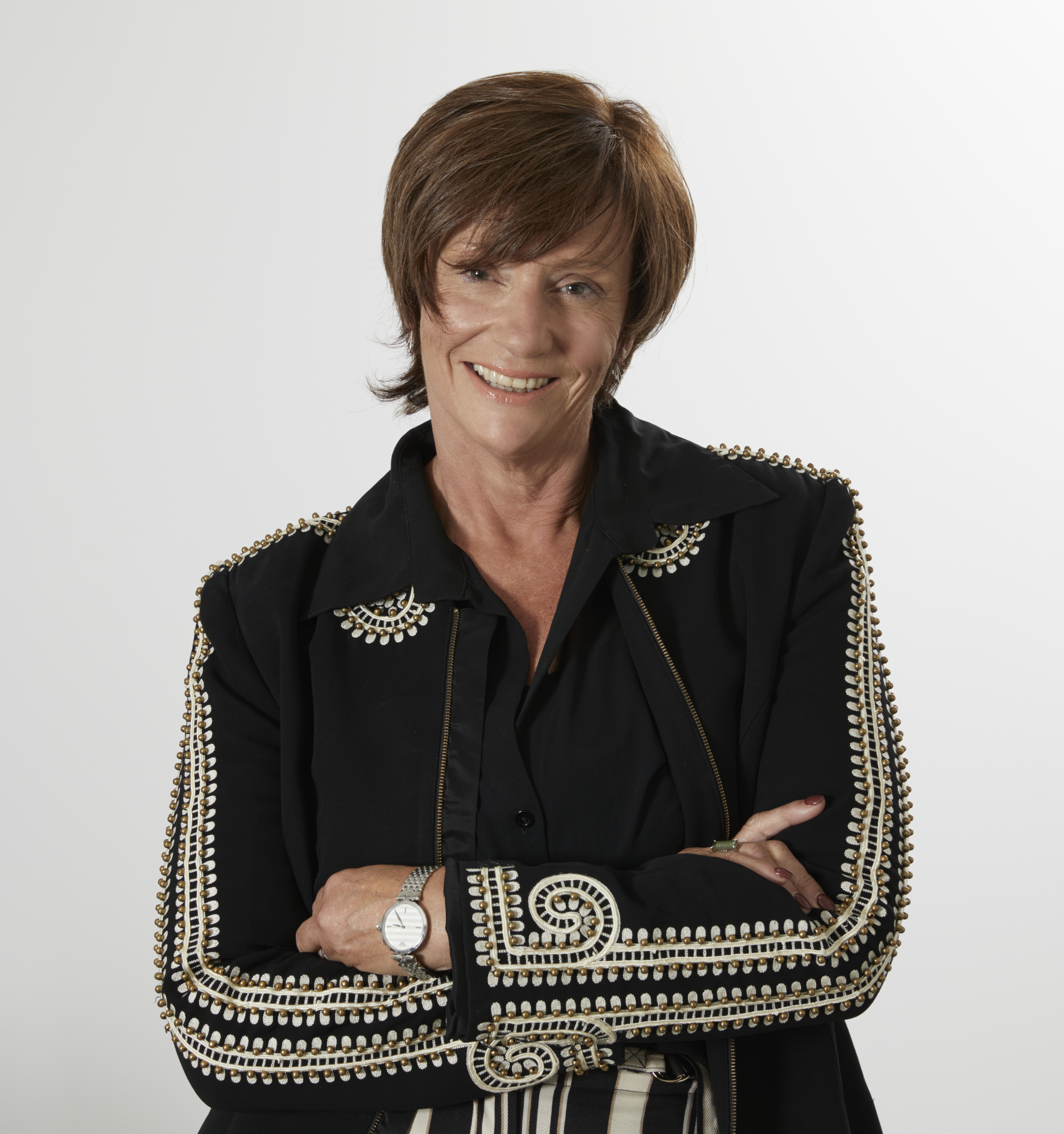 Michelle Pratt
Michelle Pratt